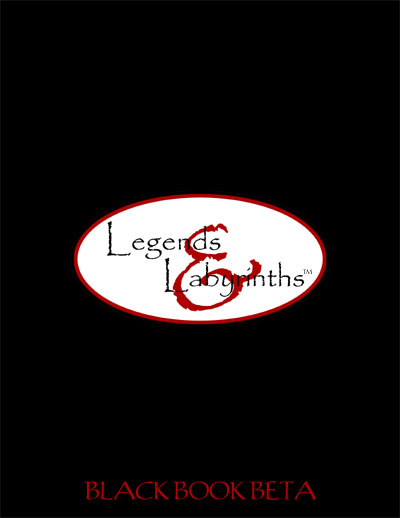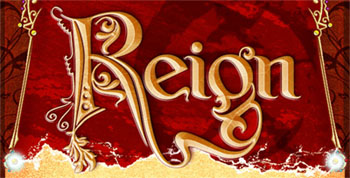In laying out the Black Book Beta, page 63 ended up being blank. This bugged me, but it’s actually a non-trivial problem to solve so I decided to lay it aside. I considered commissioning a full page of art to fill the space, but this would be expensive and randomly out of place given the layout in the rest of the book. So I’ve been looking at various ways to re-arrange Chapter 10: Companions & Allies and/or possibly Chapter 9: Conditions to “pad out” an extra page.
The other day, however, I was running a session of my Thracian Hexcrawl campaign and I realized how significant a role morale has begun to play in my handling of hirelings at the game table when one of the gem sisters collapsed into a complete panic when her sister was killed by a platoon of skeleton archers. So now I’m thinking that Page 63 — coming at the end of the chapter on Companions & Allies — might actually be a good place for morale rules. These would also be trivially adapted to use with adversaries and monsters; but the primarily utility would be aimed at hirelings.
Basically, as a DM, I don’t actually want to run hirelings as full NPCs: I’m already juggling enough balls that the idea of running a GMPC of any sort (player-initiated or not) isn’t appealing. I’d rather let the players manage their coterie. A simple morale system, on the other hand, gives a hireling a certain degree of “otherness” — they aren’t just adjunct PCs. (For some previous thoughts on hirelings and followers in Legends & Labyrinths, read here and here. For some thoughts on old school morale systems, read this.)
With all of that in mind, I’ve got a couple questions for you.
First, is this a good idea? It would be one of the more significant systemic departures from “vanilla 3E”.
Second, what form should such a morale system take? I’ve got a couple options in mind, but wouldn’t mind hearing some open-ended brainstorming in the comments.
OPTION 1 – OLD SCHOOL:In this option, morale and loyalty are essentially flat and don’t scale with level or CR. Loyalty would be determined by the PC’s Leadership score and/or the offer made to hire the NPC. The morale score of a hireling would be determined with a simple 2d6 roll modified by Loyalty. Morale checks would similarly be rolled on 2d6 (with a result lower than the hireling’s morale indicating surrender, panic, retreat, or a similar reaction).
An area of concern here is the scaling of the Leadership score by level. (Check out “Thinking About Morale” for why I think this is problematic. Essentially, it doesn’t take much for such a system to effectively become irrelevant.)
Another potential problem with this approach is that it’s radically inconsistent with the rest of 3rd Edition’s design ethos of having a “core mechanic”. (Although not that dissimilar from the turning mechanic, I suppose.)
OPTION 2 – SKILL-BASED: Alternatively, what if triggering events required a Diplomacy or Intimidate check with a DC set by the CR of the hireling you’re trying to keep from panicking? (Effectively you’d use the Trained Check DC from the Hazards table on page 86, although there’d probably be a morale-specific instantiation of the table on page 63.)
A potential problem with this approach is that it gives no ability for a hireling to stay loyal if their boss is incapacitated or absent. Maybe the hireling makes a Will save with the DC set by the CR of the prevalent threat, and only if they fail do their bosses have a chance to “rally the troops” using the skill check?
What do y’all think?













